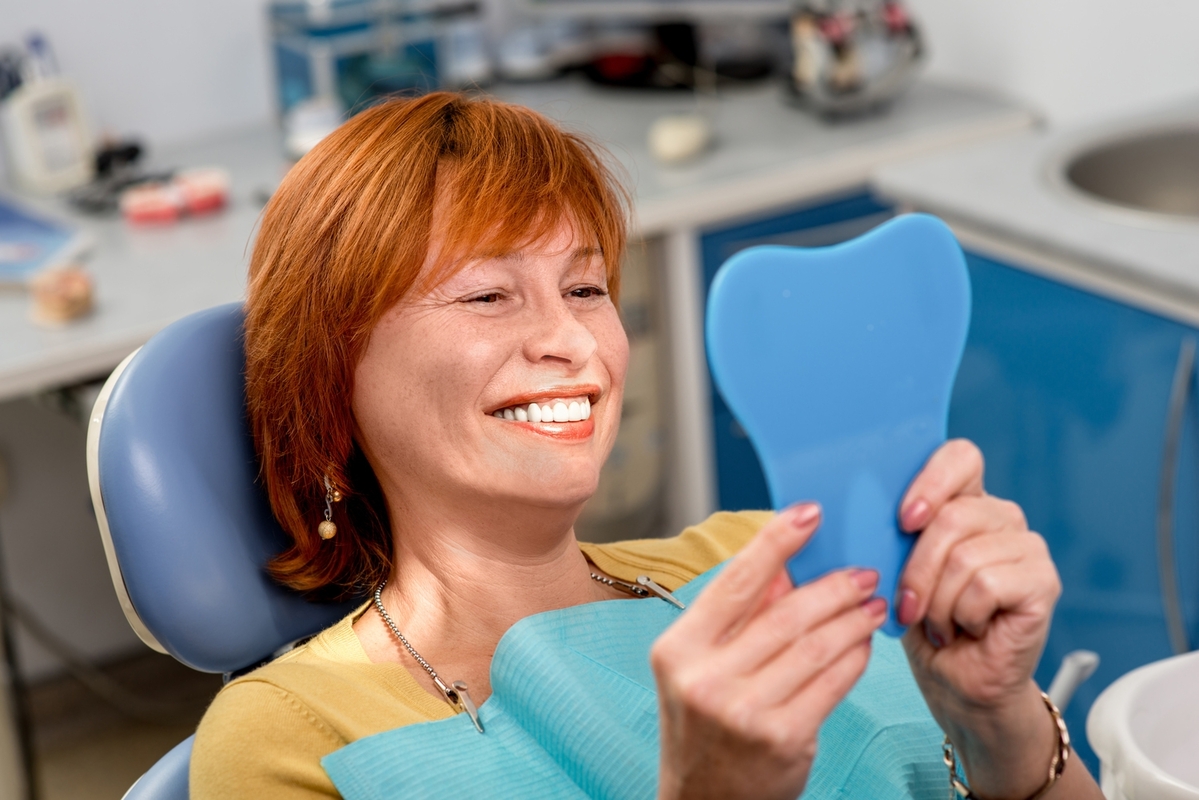Comprehensive Guide to Affordable Dental Implants in Australia: Everything You Need to Know
This comprehensive guide delves into the costs and options available for affordable dental implants in Australia. It covers key factors influencing prices, potential financial assistance, and strategies to save money without compromising quality. Perfect for anyone considering tooth replacement, this article helps you understand your options and plan your dental health budget effectively.

Comprehensive Guide to Affordable Dental Implants in Australia: Everything You Need to Know
Maintaining excellent oral health goes beyond a bright smile—it is crucial for overall well-being and quality of life. For individuals experiencing tooth loss, dental implants are increasingly becoming the preferred solution due to their durability, natural appearance, and long-term stability. However, a common concern among prospective patients is the cost involved in getting dental implants. This detailed guide aims to shed light on the various aspects of dental implant costs across Australia, enabling you to make informed choices about your dental care and financial planning.
Understanding Dental Implants
Dental implants are a sophisticated solution for missing teeth—crafted to mimic natural teeth both in function and appearance. The procedure involves surgically inserting titanium posts into the jawbone, which then fuse with the bone in a process known as osseointegration. These posts act as robust anchors that support crowns, bridges, or dentures, restoring both the appearance and functionality of your smile. Thanks to technological advancements and high success rates, dental implants have become the gold standard for tooth replacement options worldwide, including in Australia.
The long-lasting benefits and high success rates make dental implants a popular choice.
What Influences the Cost of Dental Implants?
The total expense of dental implant procedures can vary significantly depending on multiple factors, ranging from the complexity of your case to the location of your chosen clinic. Understanding these factors can help you better anticipate your investment and explore avenues to reduce costs effectively.
1. Number of Implants Needed
The number of teeth you need to replace plays a significant role in determining the total cost. Single-tooth replacements generally cost less compared to multiple implants or full-mouth restorations. If you need to replace an entire arch of teeth, the procedure might involve multiple implants and additional procedures, thereby increasing the overall expense.
2. Type of Implant and Procedure
There are various types of implants designed for different needs. Standard implants are suitable for most cases, but mini-implants or innovative full-arch solutions such as All-on-4 technology can be more cost-effective for specific cases. These options can reduce treatment time and hardware costs but may have different longevity and suitability considerations.
3. Pre-implant Surgeries and Additional Procedures
Sometimes, placing implants requires preparatory surgeries such as bone grafts, sinus lifts, or extractions, which add to the cost. The necessity for these procedures depends on your existing bone density and oral health. Addressing these factors beforehand ensures implant stability and longevity but can extend your treatment timeline and expenses.
4. Materials Used for Implants
Material quality significantly impacts both the cost and durability of your implants. Titanium remains the most commonly used and trusted material, known for its strength and compatibility with human tissue. Zirconia, a ceramic material, offers a metal-free option preferred by some patients for aesthetic reasons but generally comes at a higher price. Choosing high-quality materials ensures your implants will last longer and look more natural.
5. Geographic Location & Dental Expertise
Prices can vary based on the city or region within Australia. Major cities like Sydney, Melbourne, and Brisbane tend to have higher living costs, which reflect in their dental fees. Additionally, experienced specialists or clinics with advanced equipment may charge premium rates, but this can be justified by the quality of care and success rates.
6. Associated Costs and Follow-up Care
In addition to the actual implant surgery, your budget should account for consultation fees, diagnostic imaging such as X-rays or CT scans, as well as follow-up appointments. These auxiliary costs ensure proper planning, accurate placement, and maintenance of your implants.
Average Dental Implant Costs in Australia (2023)
In Australia, the typical expenditure for a single dental implant ranges from AUD 3,000 to AUD 7,000. Here is a detailed breakdown of typical costs:
Consultation Fees: AUD 60 – AUD 200
Implant Fixture (Titanium Post): AUD 2,000 – AUD 3,000
Abutment (Connector Piece): AUD 450 – AUD 600
Crown (Artificial Tooth): AUD 1,500 – AUD 3,000
For full-arch solutions such as All-on-4, prices can range from AUD 15,000 to AUD 30,000 per arch. These comprehensive options utilize fewer implants to support a full set of teeth, often resulting in cost savings and quicker treatment times. However, costs will vary based on individual case complexity and clinic choice. It’s essential to consult with a qualified dental professional to get a tailored quote.
Insurance and Payment Options
Medicare-Australia does not typically cover the costs for dental implants, as they are considered elective procedures. However, some private health insurance plans with ‘Extras’ coverage might offer partial reimbursement. It’s important to check your specific policy to understand what’s covered. Many dental clinics also provide flexible payment options, including installments or financing plans, making it easier to manage the expense. Always inquire about available financial assistance or payment plans when scheduling your consultation.
Strategies to Reduce Dental Implant Costs
Finding ways to offset costs can make dental implant treatment more accessible. Here are some approaches to consider:
Dental Tourism: Traveling abroad to countries with lower dental costs can be an option. Countries like Thailand, India, or Southeast Asian nations have become popular for affordable dental care. However, it’s vital to evaluate the quality control standards, ensure accreditation, and consider the risks involved in traveling for treatment.
Government Assistance Programs: Although limited, some public dental services and community programs may provide subsidized or free oral health treatments, including implants in certain cases.
Promotional Offers and Discount Packages: Many clinics run special deals, discounts for multiple procedures, or prepayment packages. It’s worth shopping around and asking clinics about ongoing promotions.
Utilizing Private Health Funds: Leveraging your private health insurance’s ‘Extras’ coverage can significantly reduce out-of-pocket costs. Review your policy, understand what procedures are included, and plan your treatments accordingly.
In conclusion, while dental implants in Australia can represent a considerable financial investment, understanding the factors that influence pricing and exploring various financial support options can make this life-changing treatment more affordable. Consulting with experienced dental professionals is key to ensuring optimal outcomes tailored to your unique needs and budget. Remember, investing in your oral health is an investment in your overall well-being and confidence.




